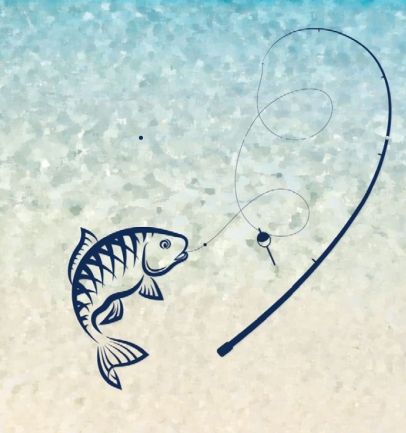Houston teens go fishing
Attention High School Students
In this recurring column high school students will do our work! For our upcoming issue Traditions & Heritage, we hope you will share something special related to the Holiday Season. Something you are thankful for, for instance!
We can't wait to see what you have to share! Submit your entry in 250 words or less, and up to three photos (hi-res/no smartphone), to kim@ediblehouston.com by 9/28/15. We will publish our favorite(s).
Houstonian Goes Fishing …
WORDS BY MAE BORGRAN WITH SARAH DIEMER
St. Thomas' Episcopal School, Houston, TX
July 5th was a very exciting day for me: It was the first time I had ever been deep-sea fishing. I was on vacation with my friend’s family and we were about to go fishing on Santa Rosa Beach, Florida. I didn’t know what was in store for me! Honestly, I was very excited, but also a little frightened. At around 11 in the morning we got onto the boat and began a 25-minute boat ride to our first fishing spot. The first area we started fishing in was near the home of many King mackerel. As I put my hook into the water, I didn’t expect to catch a fish so quickly. It took less than five minutes for me to catch my first fish of the day. I was surprised to see how big this fish was—almost 12 pounds. Around 30 minutes later, we headed seven miles farther out to catch red snappers. I caught five red snappers in less than an hour. Red snappers can be over 20 pounds, it was a struggle to reel them in. The largest red snapper I caught was about 23 pounds!
Being in the middle of the ocean, just fishing, was very relaxing to me. After about four hours of fishing, we headed back to shore. We were able to keep all of the fish we caught so we could eat them later on. A few weeks later, my dad took the fish out of our freezer for our dinner. I had been excited to eat these fish since the moment I caught them! He broiled the red snapper in lemon, garlic and butter. The fish made a delicious dinner. I can’t wait to go back to Florida and go deep-sea fishing next summer!
The Port of Galveston Through a Sea-Camper’s Eyes
WORDS BY MEES FRANSSEN (15),
summer camper at TAMU Seacamp Galveston
Many people who travel to the Port of Galveston see only the busy industry of import and export and would never expect the voluminous metal structures and loud noises to have any positive effect on marine life. I too was doubtful until I attended a Marine Engineering Seacamp at Texas A&M’s Galveston campus.
We learned about the wide variety of oil rigs that are stationed on the north side of the port. Jack-up rigs have a truss pattern to their legs; this allows wind and waves to pass through them easily. The triangular structures also support good artificial habitats for coral and small marine fish. Also, the surface structures on rigs support a reliable resting place for migrating birds. Later that week, we went on a boat trip that took us through the canal. As soon as the boat entered the canal, bottlenose dolphins swarmed is. The counselor explained that the dolphins could survive in the canal because the canal is only 45 feet deep, making it easy to clean and wash out the toxins and pollution. Had the water been much deeper the water would have been too toxic for the dolphins to survive in. Next, the boat took us to a shipwreck just in the bay. USS Selma was one of the very few concrete ships built in the early ’20s. After hitting a reef and sinking, the wreck was hauled out of the water and placed on a sand bank to warn others, and it created an artificial environment for fish and coral. Lastly, we were brought to the entrance of the canal, where the boat’s net was dropped into the water. After 10 minutes the net was hauled out (turtles choke in 10–15 minutes if caught in a net) and the catch was examined. The haul mainly consisted of crabs and shrimp and sea trout. But we also saw some jellyfish and stonefish and even a stingray.
It was good to see that marine wildlife and the import/ export industry of Galveston can go hand in hand.




